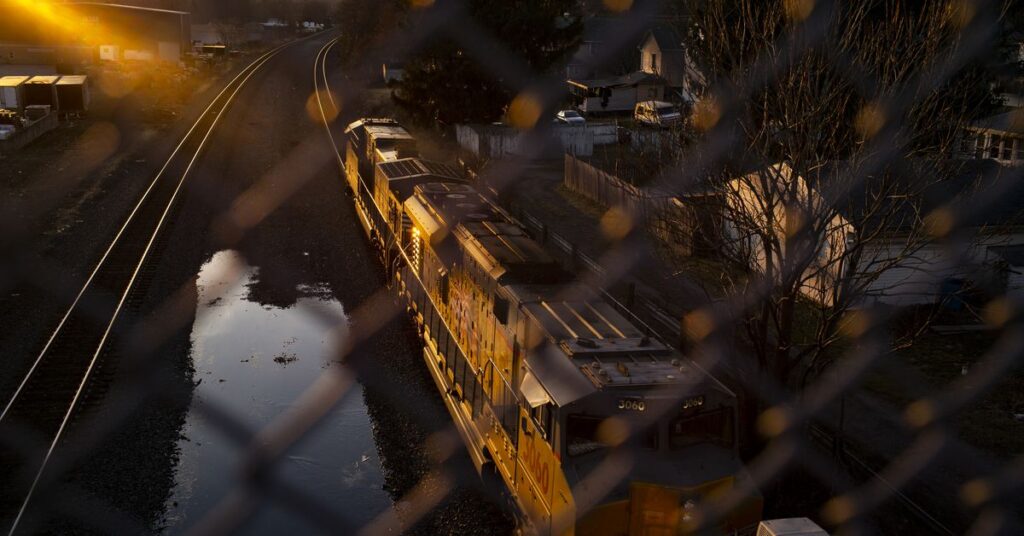Railroads are a fixture of the American landscape: There are about 140,000 miles of track in the United States. But most people don’t think of the trains running through our towns and cities all that often.
“It was just a means of transportation for moving goods from one point to the other,” Wayne Bable told Vox’s Benji Jones last week in East Palestine, Ohio. “I mean, the trains are every 15 minutes on a regular basis. So it’s just part of life. … After a while, you don’t hear them. We sure hear them now.”
It was the dramatic derailment of a train last month in his small town that changed Bable’s awareness of that regularity. On February 3, a Norfolk Southern train carrying hazardous materials derailed near East Palestine. In its wake, concerns have been raised on the environmental impacts of the spill, and over the trains and how they run.
Action in Washington has been relatively swift. There’s now a bipartisan effort to address railroad safety, and Norfolk Southern’s CEO testified Thursday before Congress.
The derailment and its fallout raise a lot of questions about the rail industry, its profits, and deregulation. But in order to understand the regulatory landscape, we first need to know how the modern rail industry functions. To talk about that for an episode of The Weeds, we called Joanna Marsh, a senior staff reporter at FreightWaves, which covers freight transportation. And for a better understanding of the policy solutions, we talked to Washington Post transportation reporter Ian Duncan.
Below are some of their answers to our big questions about the state of railways and the railroad industry. Host Jonquilyn Hill’s questions and the reporters’ answers have been edited for length and clarity. There’s much more in the full podcast, so listen to The Weeds wherever you get podcasts, including Apple Podcasts, Google Podcasts, Spotify, and Stitcher.
Who are the big players in the modern railroad industry, and how much…
Read the full article here





